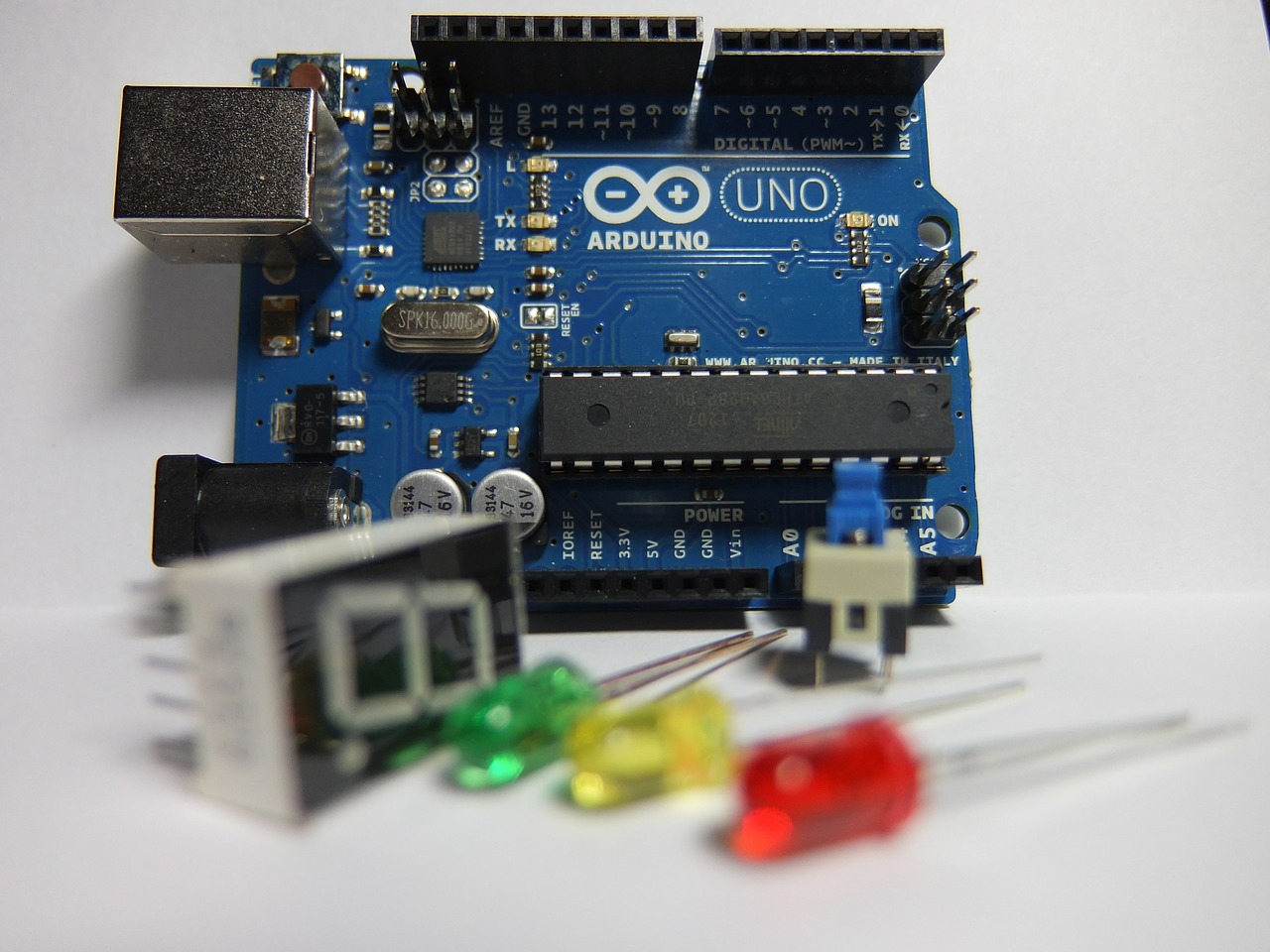How Has The EMS Industry Changed?
When it comes to the EMS industry, the most important factor in attracting clients is cost reduction. And that’s the main idea of the entire sector from day one. The Electronic Manufacturing Services (EMS) give an average savings of 10 to 15%, which causes OEMs to outsource manufacturing to external EMS service providers. Outsourcing allows OEMs to reduce their total expenditures on product development and implementation. Thanks to the cooperation with EMS suppliers, it is also possible to reduce infrastructure and equipment costs. However, it is important to note that the EMS industry has gone through some major changes over the years. What these changes were, and how did they affect the way this industry looks today? Let’s find out!
Electronics manufacturers began to notice the opportunities arising from cooperation with EMS suppliers in the late 1970s. Today, this market is developing very dynamically. When it comes to the history of EMS services, 2000 was the crucial year, but the EMS industry did not stop there. How has this market changed over the years? Let’s find out!
Lots of different factors
Many different factors influenced the development of the EMS industry and the changes that took place within. Market trends, the emergence of new technologies that enabled the development of the sector, or even pure coincidences, caused the industry to develop over the years. The range of services offered by EMS companies has changed, and their geographical presence has expanded. To understand precisely what happened with the EMS industry, we need to go back to the very beginning.
The 80’s
In the 1980s, the activity of EMS companies (called CM at that time) was limited only to the assembly of printed circuit boards in the pin-thru-hole process, commissioned by original electronics manufacturers (OEMs). PCB designers chose to outsource assembly because the aerospace and defense factories that needed these PCBs did not have the capacity to handle the prototypes. This task was entrusted to EMS companies, which, in accordance with the method used at that time, manually inserted the parts with wires into the holes drilled on the bare plate, in accordance with the design diagrams. Then these elements were soldered together.
Contract electronics manufacturers at that time did not offer PCB testing or ordering individual components. Designing printed circuit boards was in the hands of OEMs, while the purchases were handled by large external supply companies. However, in the early 1980s, technological innovations led to major changes in the EMS sector. Since the 1980s, the EMS industry has grown steadily, culminating in 2000, when EMS companies became a key partner for OEMs.
Years of development
At the very beginning, OEM manufacturers did not put much trust in EMS companies. The task of contract manufacturers was limited to prototype work. OEM manufacturers had their own experts, equipment, and resources to perform the tests. Most of the orders were carried out for the needs of the defense and aviation industries, which is why reliability was of paramount importance. EMS companies were unable to offer the quality that OEMs were willing to entrust them with other tasks.
Contract manufacturers, however, did not stop there. They implemented new technologies that enabled them to perform tests. Then, thanks to the testing equipment, they could buy parts, build tiles, and test them. This opened the door to mass production and offering related services such as repair and distribution. As a result, the EMS industry enjoyed rapid growth and global expansion already in the 1990s.
The breakthrough year: 2000
EMS and the aerospace industry started working much more closely together because the OEMs faced excess capacity. A new, dynamic period of development for the EMS began in 2000. Contract manufacturers, at this stage, could already provide much more than just prototyping. Their services have become more comprehensive. Now, EMS could take care of the design, production, and even distribution, allowing OEMs to get maximum value from their investments.
Contract manufacturers are no longer just workshops that assemble prototypes of printed circuit boards. These companies have grown steadily and diversified their services, expertise, equipment, and value over the years. Thanks to this, companies from this industry have become a strategic partner for OEMs.
From subcontractor to production expert
The report of the UK EMS Industry 2016-2022 clearly indicates that contract manufacturers have ceased to be just subcontractors. Original equipment manufacturers entrust electronics manufacturing service providers with more and more ancillary services. Thanks to this, they can ensure the continuity and timeliness of delivered products.
Nowadays, one of the critical factors is time to market. OEMs saw the potential of working with EMS suppliers. Therefore contract manufacturing outsourcing is continually expanding. What does an OEM get? First of all, rapid product development and much more efficient introduction of a new product to the market. In addition, the performance of the product itself has improved significantly. At the same time, OEMs indicate that working with EMS suppliers allows them to reduce the cost of electronics production substantially.
The EMS Industry Report highlights the fact that the level of expertise of professional EMS providers like Assel is constantly growing and evolving. As a result, they can manufacture increasingly complex and varied products. Even though the collaboration between EMS suppliers and OEMs is still in development, they are already playing a key role and becoming production experts.

